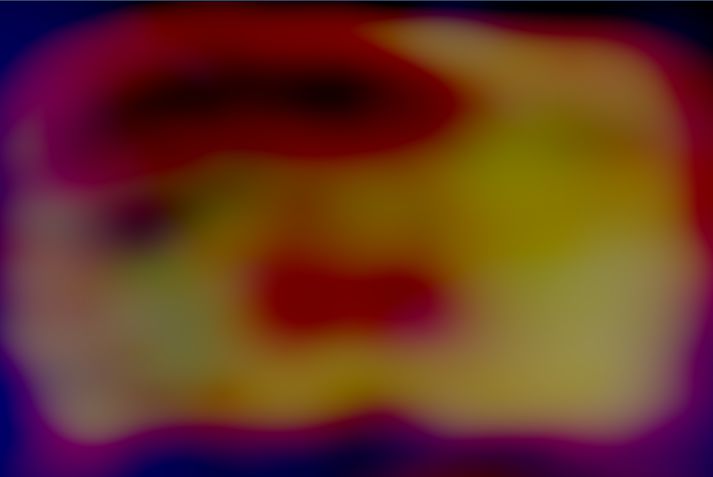What you see above is an enhanced representation of what I had to routinely subtract from my DSRL astrophotography images through last season. It’s obviously not a defect in the optical train, nor a feature of the night sky. The only explanation I’ve been able to produce is that the image sort of maps areas of different sensitivity on the CMOS chip.
Naturally this kind of defect doesn’t affect daylight photography, but stretching the histogram to the limit while shooting extremely faint objects can show things like this on a camera that was not intended to be used for this purpose.

